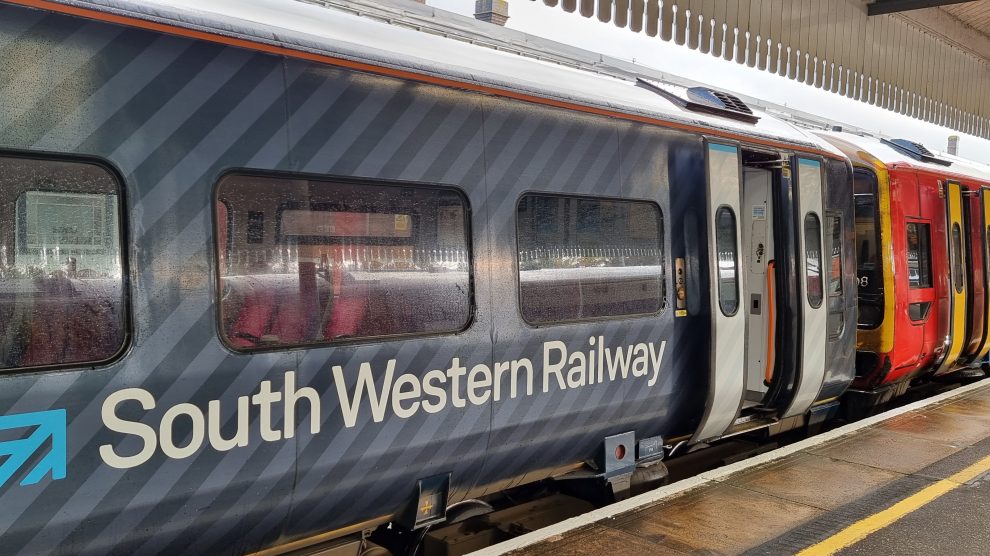Initial investigations now suggest that one of the trains involved in Sunday’s crash could not stop in time.
The Great Western Railway (GWR) train failed to stop at a red light signal as a result of ‘low adhesion’ between the track and the train’s wheels causing two trains to collide in Salisbury on Sunday evening.
In a press conference outside Salisbury Train Station today (2nd November 2021), Detective Chief Inspector Andrew Hall, from the Rail Accident Investigation Branch, explained to Love Andover reporter Beth Doherty the initial evidence from the Salisbury train collision.
He said, “Initial evidence collected shows the passage of Great Western Railway (GWR) train from Eastleigh was being protected by a red signal.
“At this junction, the tracks coming from Eastleigh merge with the track coming from Basingstoke. The Southwest Railway train from Basingstoke was required to stop at that signal.
“Unfortunately it did not stop and struck the side of the GWR train at an angle such that both trains derailed and ran alongside each other into the tunnel just beyond.
“Initial evidence indicates that the SWR driver applied the brakes as it approached the junction on a red signal but the train was unable to stop. This evidence also suggests the most likely cause of this is wheel slide almost certainly a result of low adhesion between the train wheels and the track.
“We’re continuing to pursue this line of investigation amongst others. In consultation with other parties, we continue to work with railway recovery engineers to ensure that the site is handed back in the shortest time possible. We intent to begin releasing parts of the site back to Network Rail later today.
“The full report will be published in due course”.





















